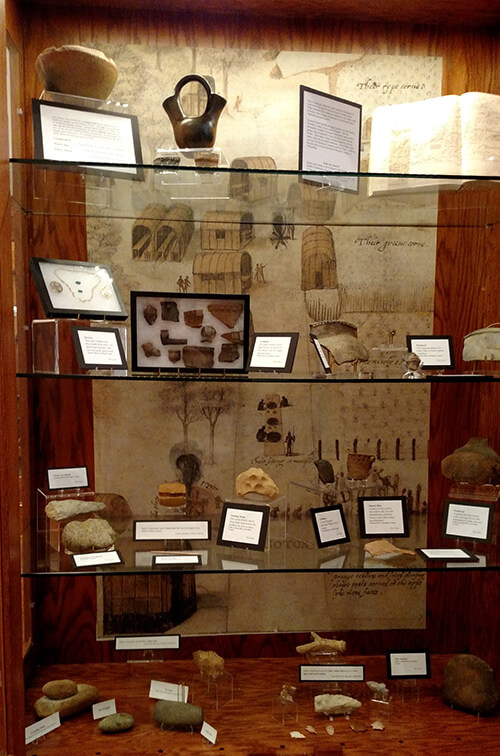Exhibits in the museum
Permanent Exhibits in the Main Gallery
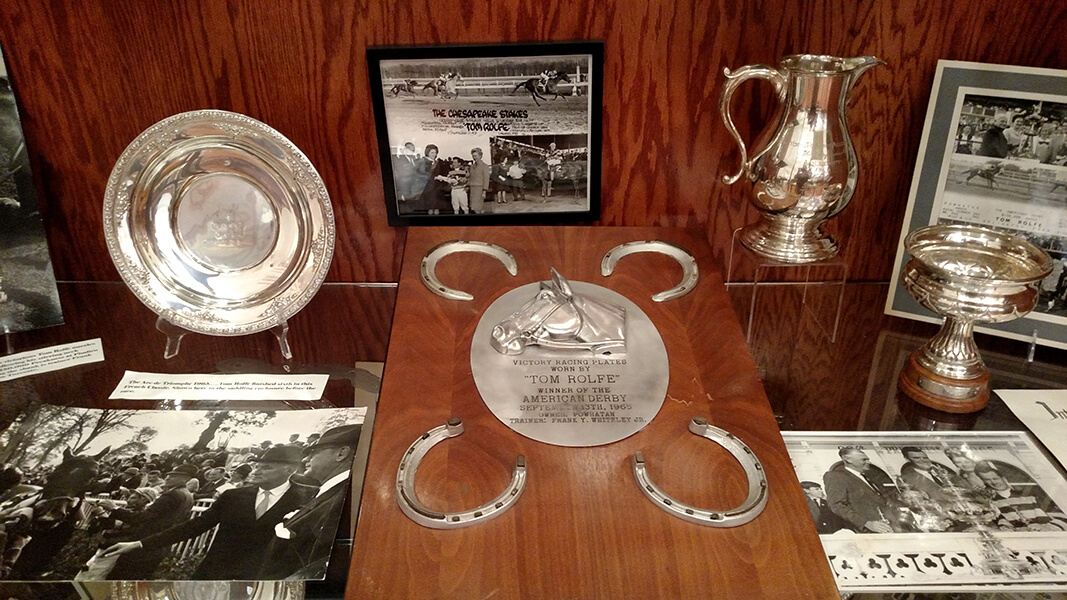
The Frank Y. Whiteley Collection
Featuring items from the career of the legendary trainer of champions.
During Horse Racing Hall of Fame Trainer Frank Whiteley’s (1915-2008) legendary career, the Camden resident trained four champion thoroughbreds – Damascus, Tom Rolfe, Forego, and Ruffian. This exhibit examines Whiteley’s forty-nine years as one of the foremost trainers of Thoroughbreds in the United States. Artifacts include trophies, photographs, prints, and tack.
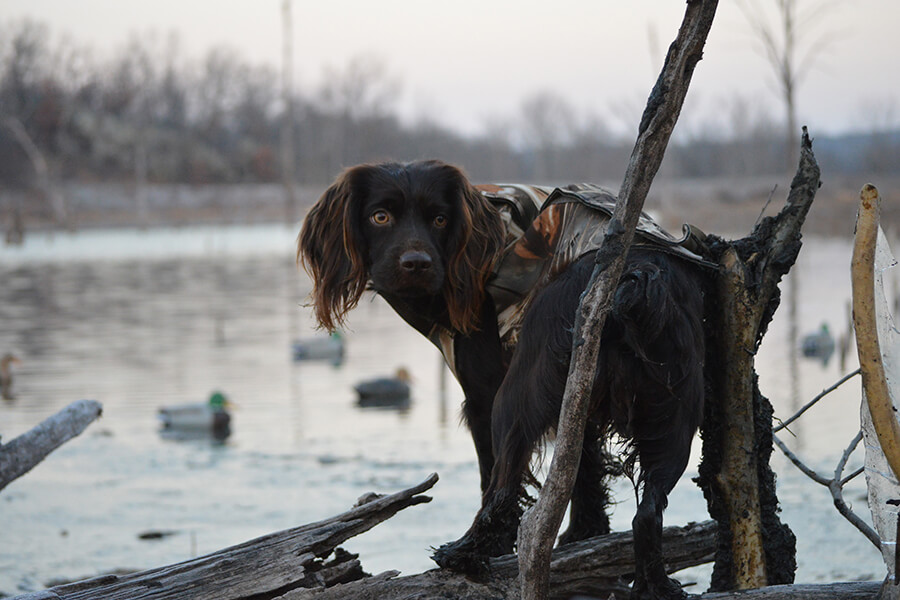
Little Brown Dog
An exhibit featuring the history of the Boykin spaniel, South Carolina’s state dog.
In 1985, South Carolina recognized the Boykin Spaniel as the official State Dog. This exhibit tells his story.
In the early 1900s, L. Whitaker Boykin and a small stray dog he named Dumpy made history.
Boykin was an avid hunter. Dumpy had loads of natural hunting abilities and his small size allowed him to get into and out of boats without dumping the hunters into the water. After realizing just how special the little brown dog was, Whit Boykin began looking for the best females to breed with Dumpy. From this foundation, grew the Boykin Spaniel.
The earliest Boykin Spaniels were bred for small size, coloring, good temperament, and exceptional swimming and retrieving ability. As early as the 1920s, locals could tell one of Whit Boykin’s dogs from any others and by the 1930s they became locally known as the Boykin Spaniel. Today, the Boykin is recognized by the United Kennel Club and the American Kennel Club. They are known for their intelligence, charm, and versatility. They are your best hunting companion and your favorite lap dog. They are South Carolina’s own “little brown dog.”
All images courtesy of Dawn Crites and the Boykin Spaniel Society
The Ross E. Beard Collection
Featuring firearms from the 14th century to the present.
Beard conducting a tour of the Collection
As a long-time collector, Ross Beard sought out every gun show, antique sale, auction, flea market, specialty store, and hole-in-the-wall that he could in the hopes of finding that one special item that would add to his internationally known collection.
Currently on exhibit are a number of firearms, from a 16th century Chinese wheel lock to a c2000 semi-automatic 9mm M-950 “Calico.” One section of the exhibit displays firearms and personal artifacts related to Melvin Purvis, John Dillinger, and other outlaws of the early 20th century. Another section, on British SAS Captain Peter Mason, a real life James Bond, contains a Russian Cigarette gun, an umbrella with a retractable sleeve that exposes a poison needle, and Mason’s Bowler hat with a metal lining and a hidden .25 caliber Bauer pistol. A third section focuses on David “Carbine” Williams, famed inventor and one of the principal designers of the World War II era M-1 carbine.
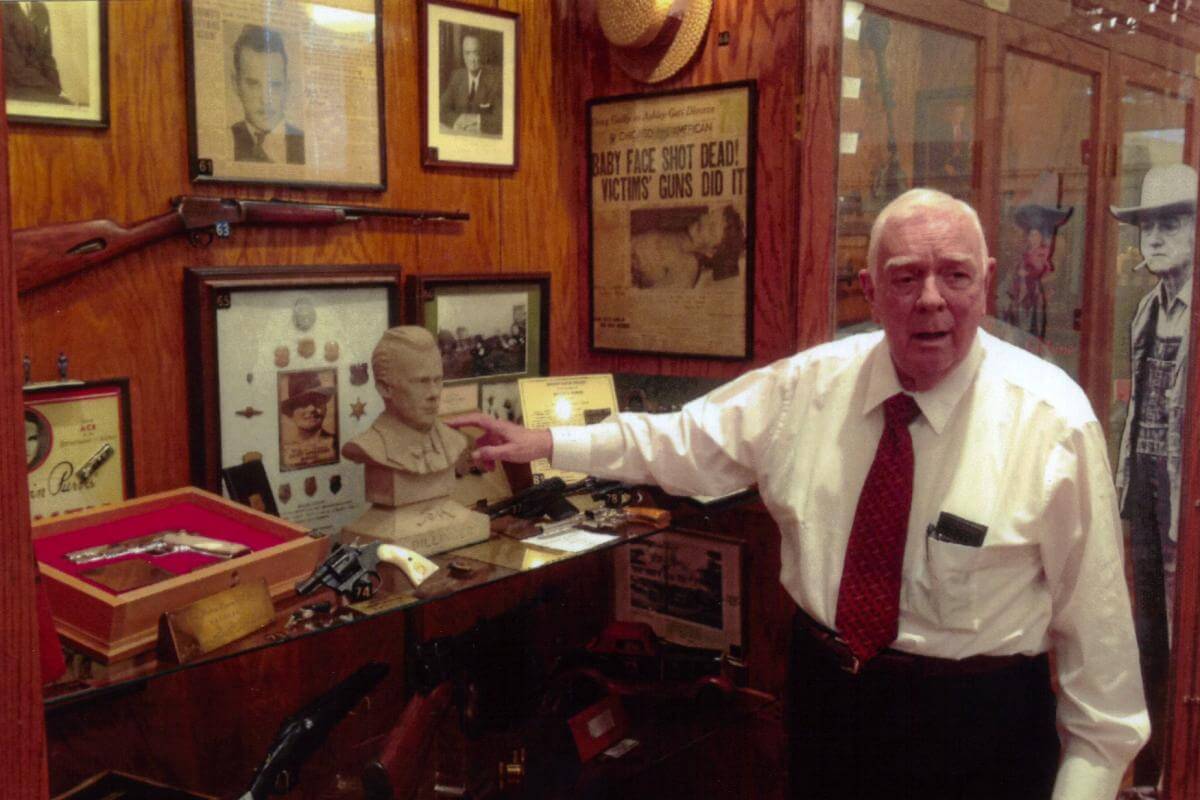
Native Americans
Along the Wateree River
NATIVE AMERICANS ALONG THE WATEREE
Native Americans inhabited South Carolina for thousands of years before the Spanish arrived along the Carolina coast. While estimates of the indigenous population vary widely, what is known is that European disease and wars decimated Native American population centers.
In central South Carolina, the largest groups were the Catawba, Cherokee, Cusabo, Sewee, and the Wateree. After the devastation wrought by European colonization, many smaller groups either disappeared or were absorbed by the Catawba Nation.
These names of these vanished people live on in the names which dot our modern landscape. Think of them when you cross the Saluda, the Congaree, or the Pee Dee — reflect on the past when you travel through the Waxhaws, Santee, or Winyah Bay.
Most of the artifacts in this display come from along the Wateree River or Lynch’s Creek in Kershaw County.
